
December 28, 2023: Theatre Yesterday and Today, by Ron Fassler
It’s hard to imagine what it must have been like to have been in the audience of the now-demolished Adelphi Theatre on December 28, 1944: the opening night of On the Town — the show that introduced Jerome Robbins, Leonard Bernstein, Betty Comden and Adolph Green to Broadway. With World War II still raging (and no end in sight), every theatregoer had highly personal experiences with which to relate to everything that transpired on stage. First-nighters who approached the Adelphi on opening night, did so without benefit of an illuminated marquee, due to the lights of Broadway perpetually dimmed throughout the war years. Yet here was a show that dared to distract, by shining a light on its contemporary tale of three sailors on leave for 24 hours in New York City, in search of adventure (and maybe even love). Its youthful drive and energy was driven by fearlessness : Bernstein was twenty-five when he started working on the show and Adolph Green (the eldest of the group) was twenty-nine.

It all started with Fancy Free, the first of many original works Robbins created for the Ballet Theatre, later the American Ballet Theatre, which opened at the first Metropolitan Opera House on April 18, 1944 (currently the subject of a prominent plot line the HBO MAX series The Gilded Age). Robbins had taken one of the leading roles for himself, then fashioned the other parts around select dancers he knew well, such as Harold Lang, exploiting their individual talents. With music by Bernstein, the reception with which it was greeted even took the supremely confident dancer-choreographer by surprise. Robbins had created a perennial: Fancy Free has remained a part of the repertoire since its premiere eighty years ago.
Oliver Smith, one of the most iconic of Broadway scenic designers, (three of his seven competitive Tonys were won for My Fair Lady, West Side Story and Hello, Dolly!), thought Fancy Free should be transformed into a full-fledged musical. So he and his future producing partner, Paul Feigay, dove right in, first talking Robbins into it, then Bernstein, who knew that the job entailed more than just making the brief ballet a little longer. Thirty years later at a Dramatists Guild symposium, Bernstein was adamant about setting the record straight in terms of how the show developed: “On the Town was in no way an expansion of Fancy Free, which was a brief, wonderful look at twenty-five minutes in the life of three sailors who had twenty-four hours’ shore leave in New York and had some balletic adventures in a bar — indulging in a certain amount of competition culminating in a fight, and then they wound up pals again … there was not a note of Fancy Free music in On the Town.”
All of which makes the fact that On the Town was written and up on its feet in eight months between April and December of 1944 — a mind-blower. But then, the vigor of youth should never be underestimated. Nor the forever youthful George Abbott, who at fifty-seven, was twice the age of his collaborators when he was wisely engaged to guide these neophytes in its creation, making use of his practical know-how that seamlessly went hand in hand with their potent originality. In an article in the New York Times, published while the show was in rehearsals, Abbott plainly stated his reason for doing the show: “I like the kids.”

And without Abbott, On the Town might never have come together. “We became a reality when George Abbott came in as director,” said Comden. Added Oliver Smith: “Until we had George Abbott to direct it, we couldn’t raise a nickel. And then finally when [he] came in … we had the money the very next day — over-subscribed three times.”


It was Bernstein who was responsible for recruiting someone he had befriended a few years earlier at a musical summer camp. Now, years later, Adolph Green was an aspiring writer-performer with a nightclub act titled “The Revuers,” that included Green’s future writing partner, Betty Comden, as well as their insanely talented friend, Judy Tuvim (later Judy Holiday). Bernstein had occasionally accompanied the group at the piano, providing music for their topical sketches, which dealt with subjects ranging from European operas, classics of Western literature, contemporary politics … anything worthy of intellectual satirization. Early on in the writing process, it was clear that Comden and Green would craft the roles of Ozzie and Claire to their particular personalities, which they played to great acclaim.

Infusing “The Revuers” anarchic energy into On the Town proved to what degree Bernstein and Robbins were thinking outside the box. The creative team discovered a brand new way of integrating not only low comedy (in some of its songs), but high drama (in much of its dance) into a traditional Broadway musical. It was simply like nothing that had come before: a post-Christmas miracle, born on December 28th, 1944. No less a theatre great (and theatre fan) than Harold Prince confessed to seeing the original production nine times, not impossible to afford, considering the cheap seats were $1.20.
In Bernstein and Robbins, On the Town served as the introduction of two innovators whose likes would never be seen again. It can’t be underestimated just how much of a giant leap forward it was, or how surprising and soaring the score. It added to a period of theatre alive with inventiveness and a progressive escalation of what musical theatre was capable. It is not for nothing that the New York Times described it as “the freshest and most engaging musical show to come this way since the golden day of Oklahoma! … Everything about it is right.”
“We’ll catch up some other time," tomorrow, to be exact. Check in for Part Two.
If you enjoyed this, please check out Up in the Cheap Seats: A Historical Memoir of Broadway, available at Amazon.com in hardcover, softcover and e-book. To receive all future columns by email, hit the blue FOLLOW button above and feel free to comment below or write me at Ron@ronfassler.org.

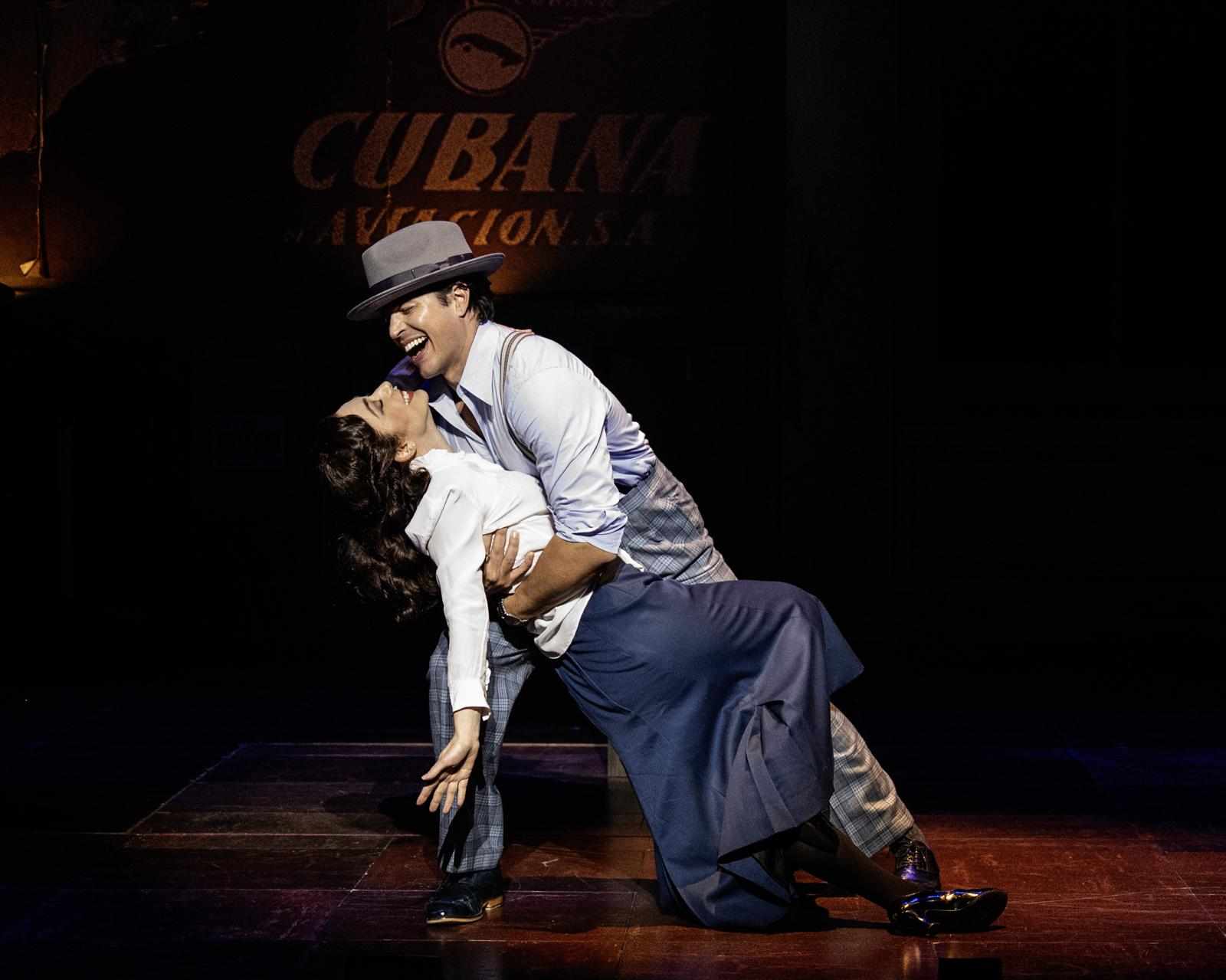
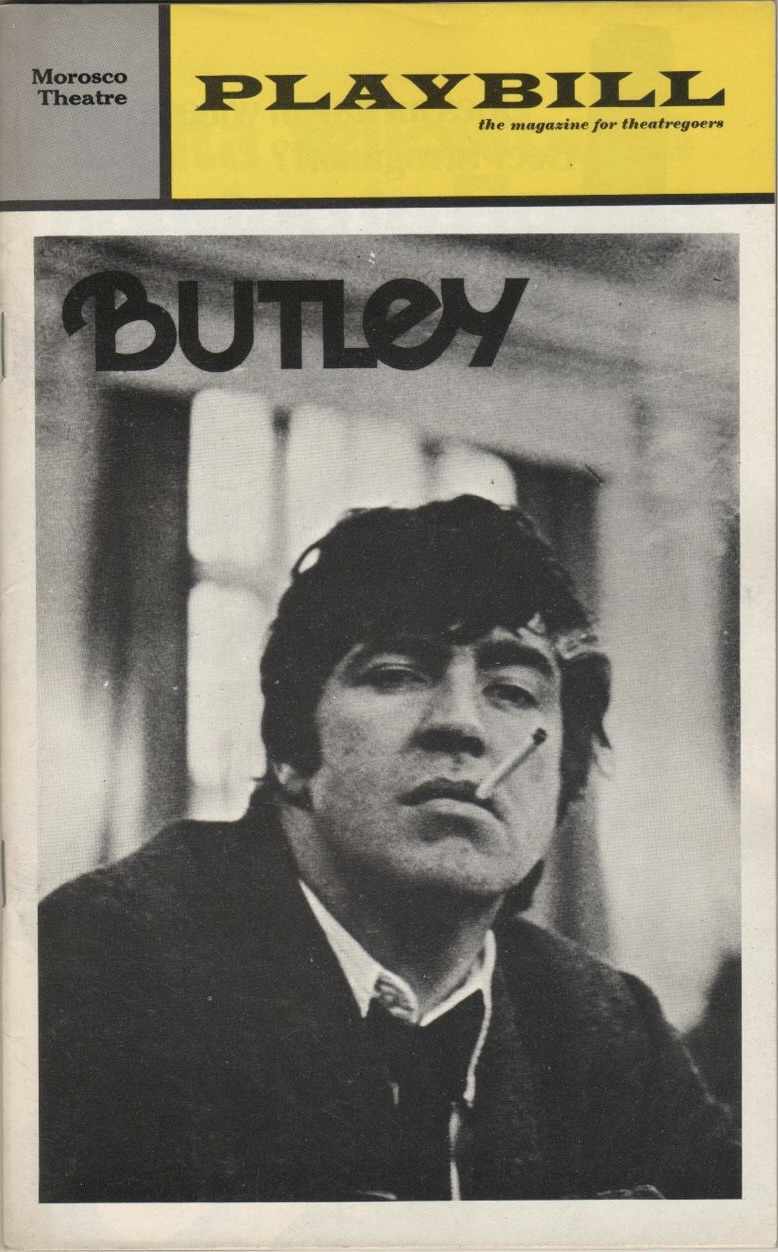
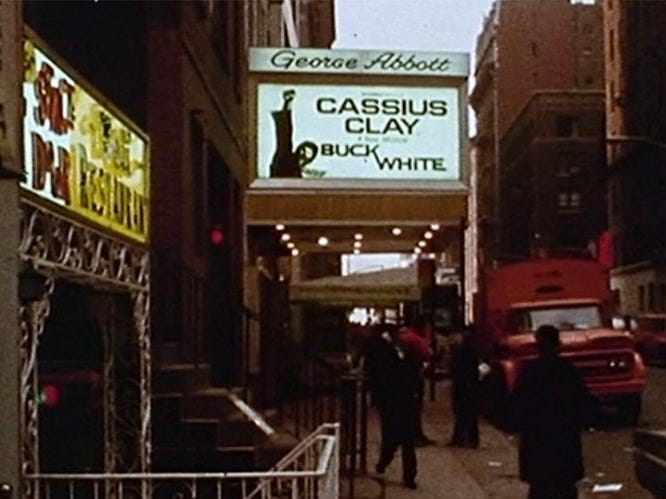

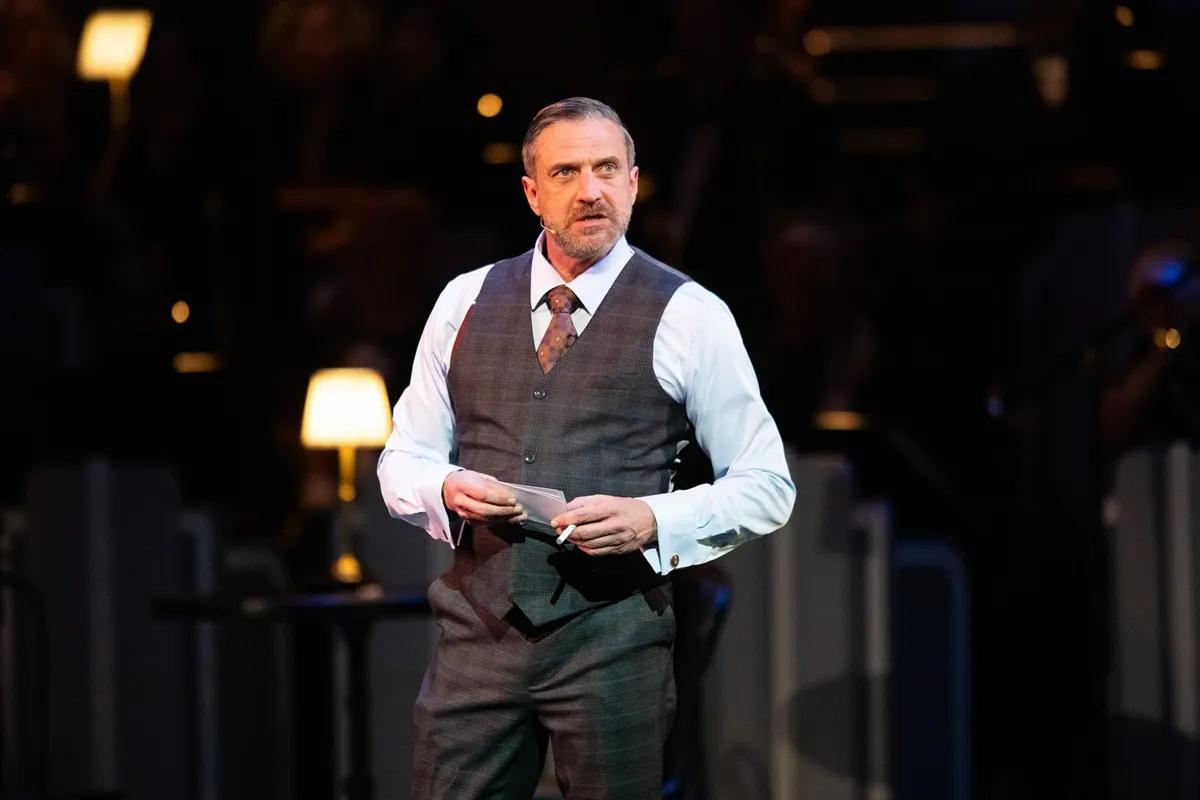

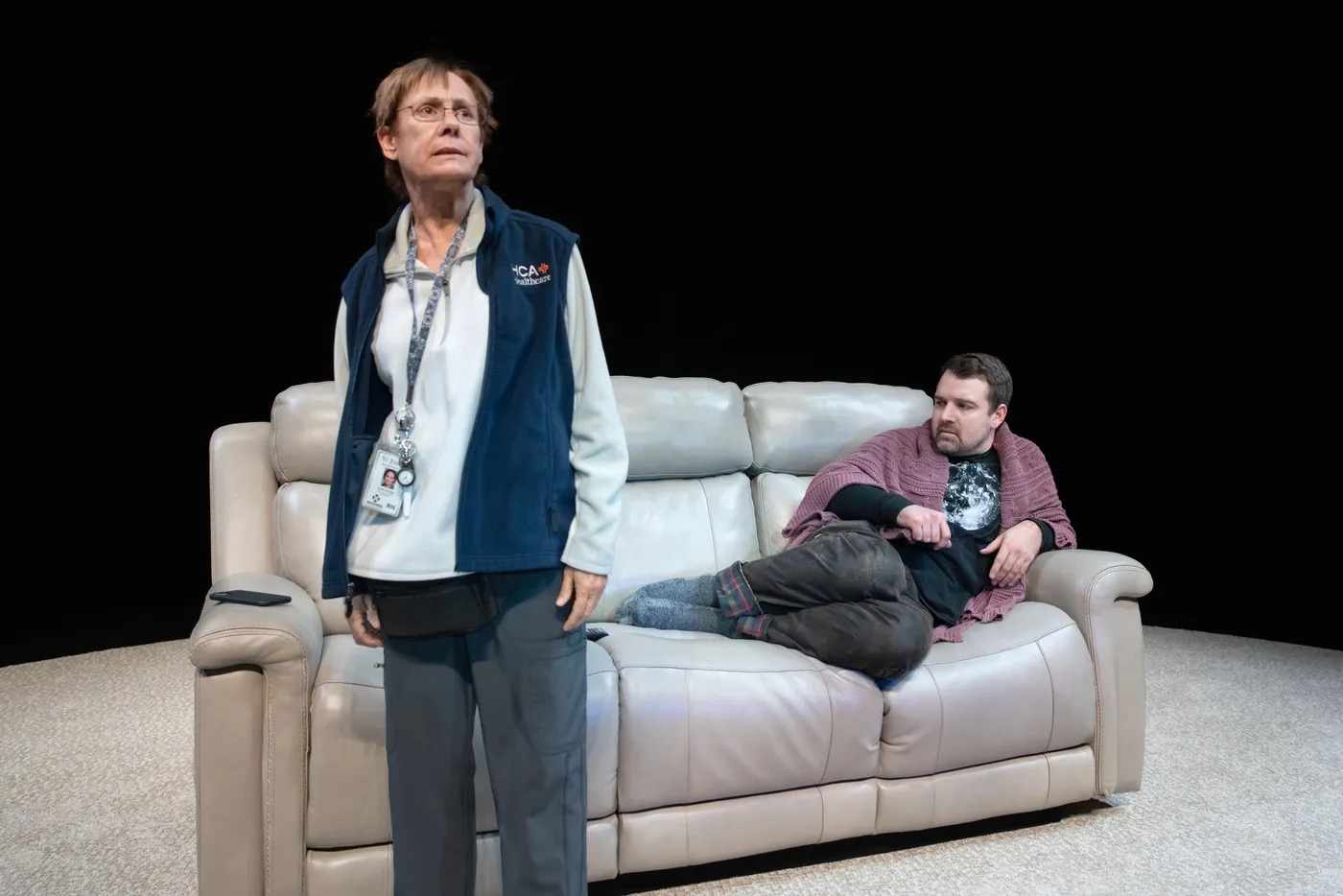


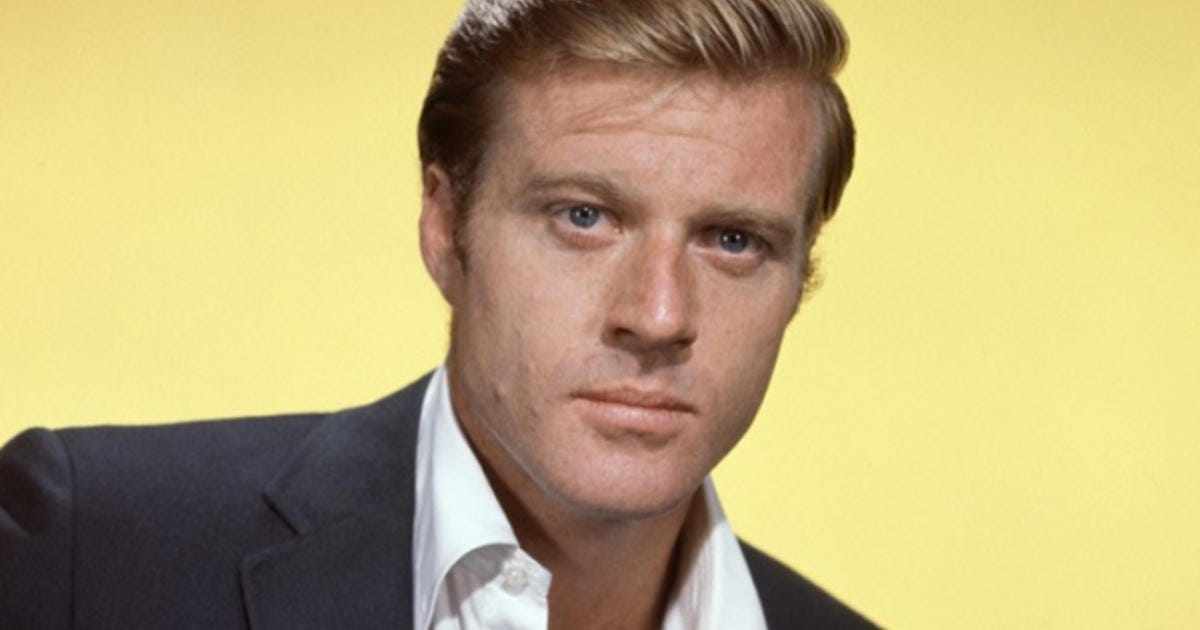
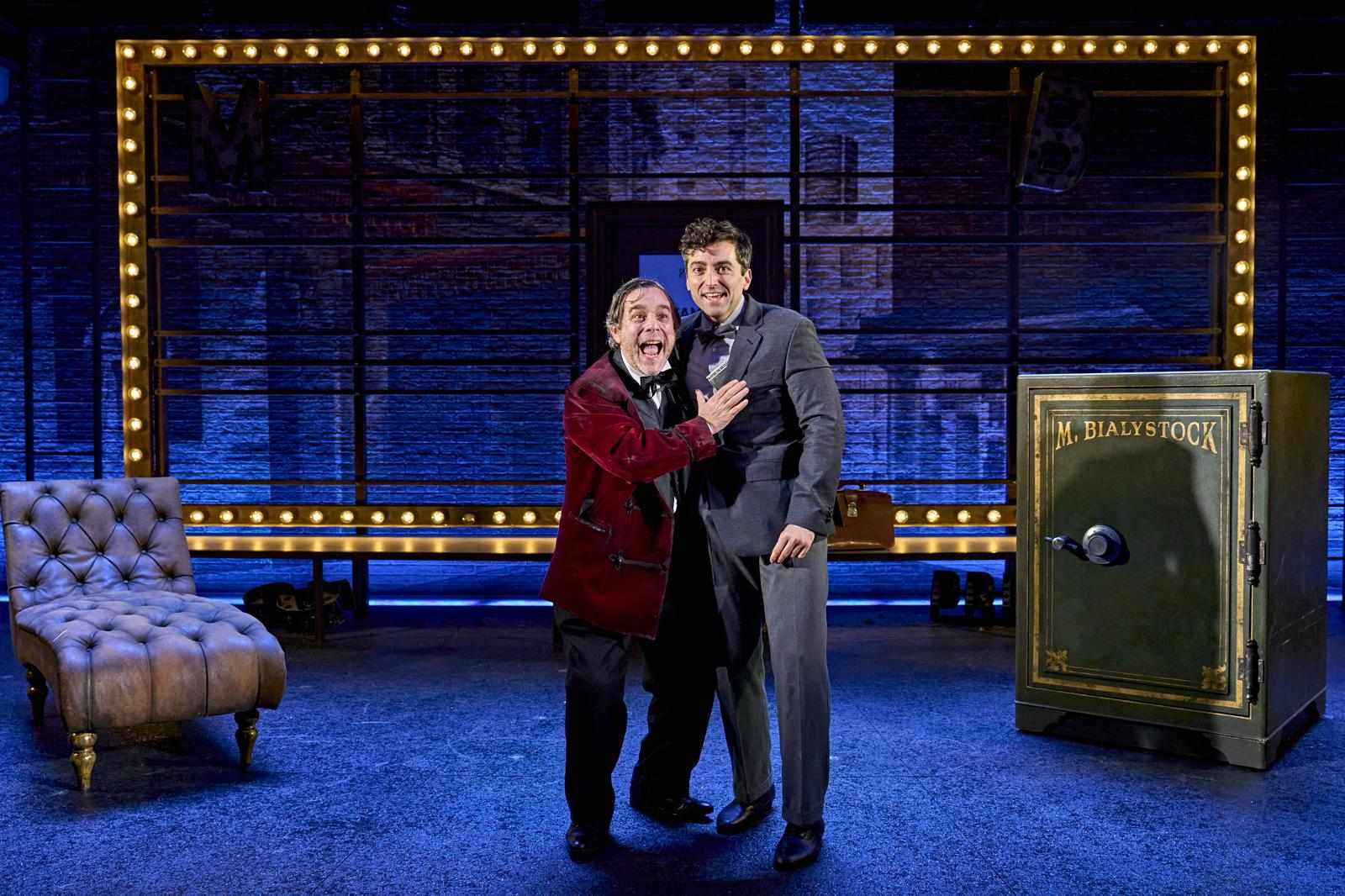
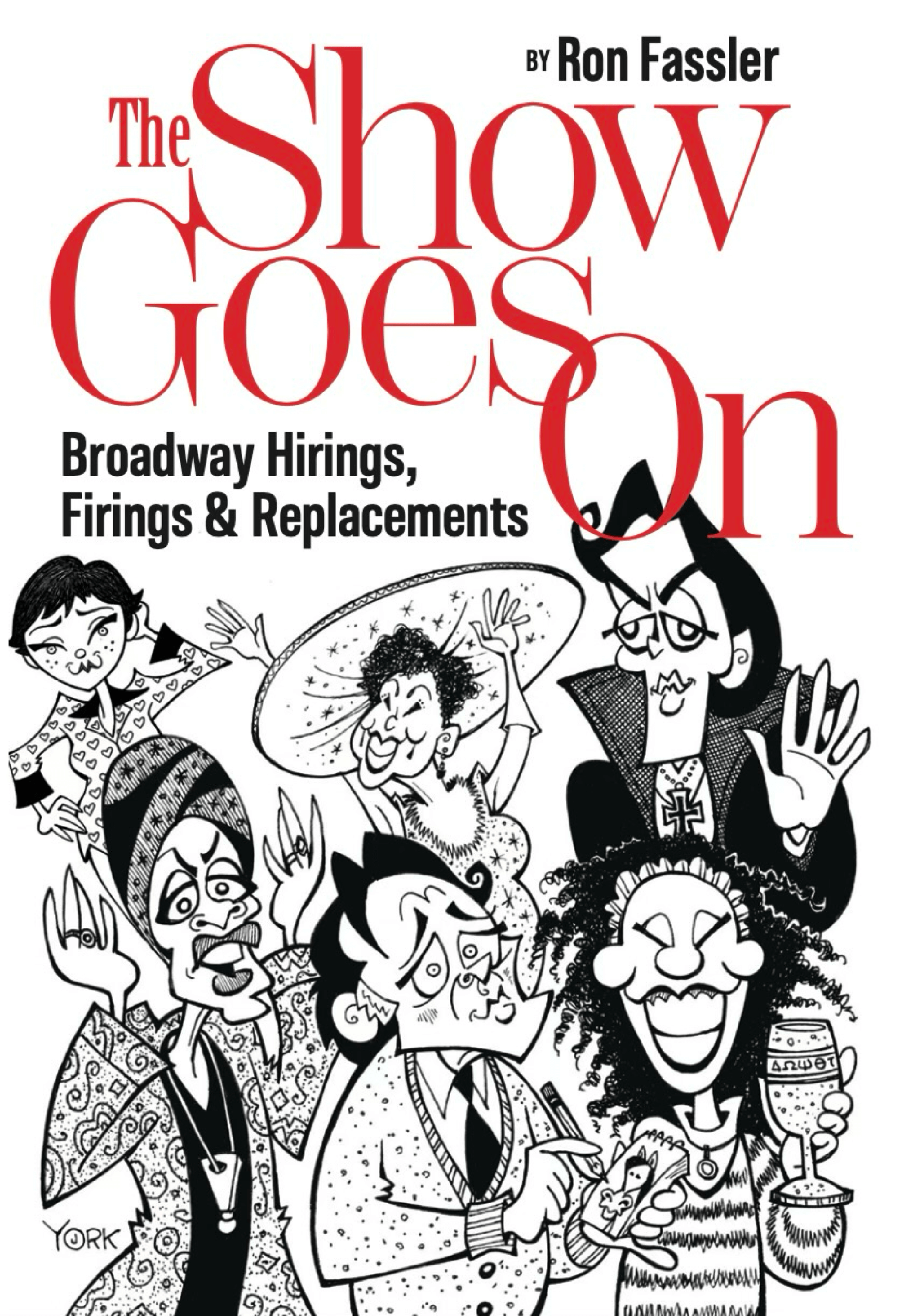

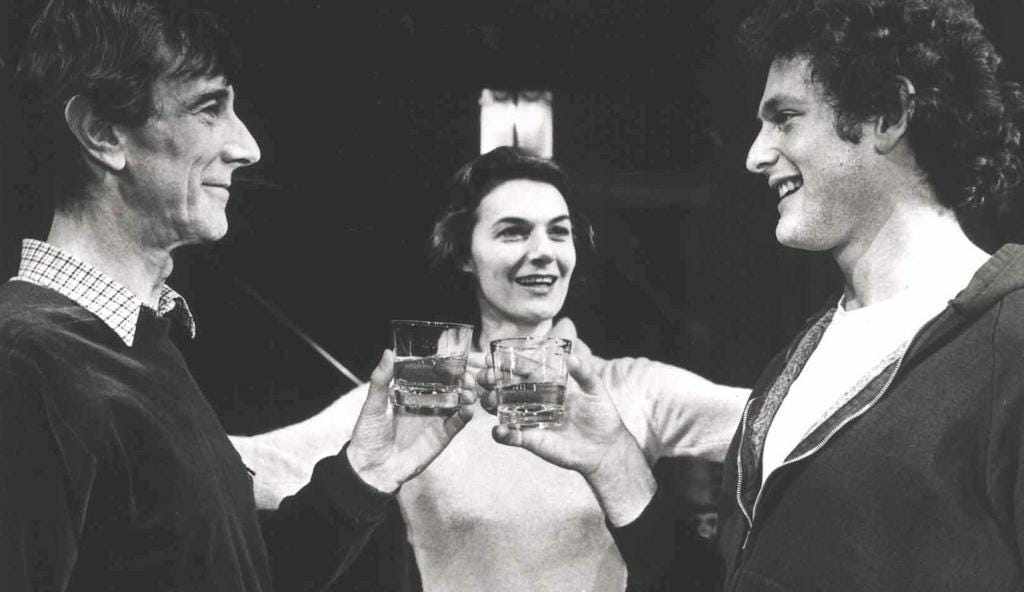





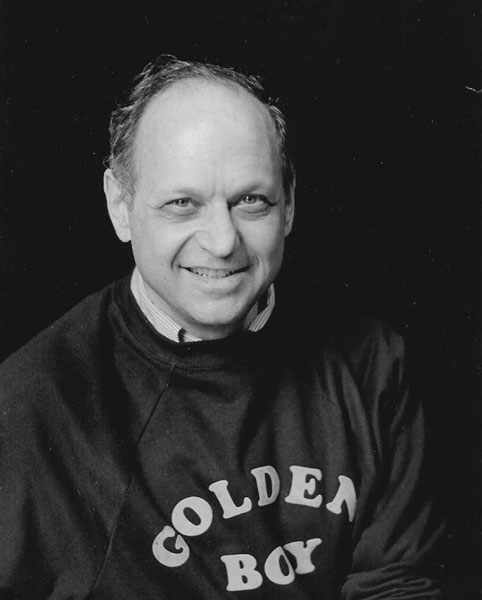
Write a comment ...